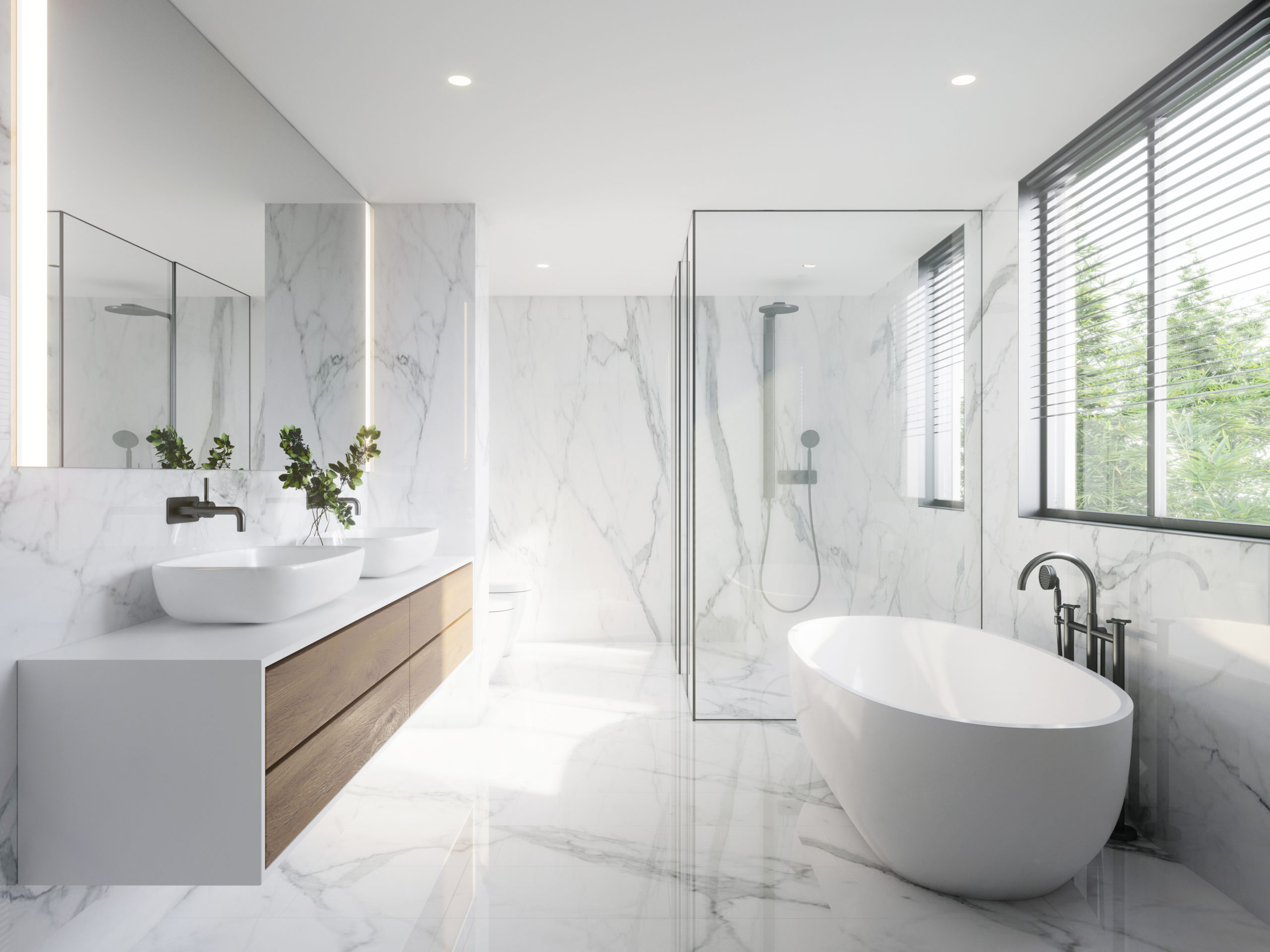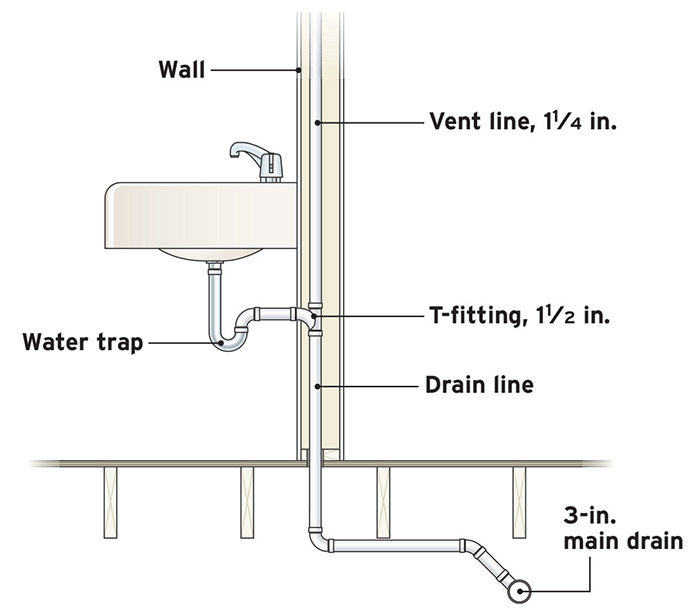Why Correct Ventilation Safeguards Your Plumbing System
Why Correct Ventilation Safeguards Your Plumbing System
Blog Article
Listed here underneath yow will discover some dependable resources in relation to Why Plumbing Air Vents Are Important.

Proper ventilation in plumbing systems is typically neglected, yet it is important for preserving the functionality and safety of your home's pipes. Air flow helps manage air pressure, protect against the build-up of damaging gases, and guarantee the effective removal of waste. In this overview, we will certainly explore the value of correct plumbing ventilation, how it functions, and the benefits it offers your pipes system.
Recognizing Ventilation in Pipes
Air flow in pipes refers to the network of pipes that allow air to move through the drain system. These vents serve several objectives, including managing atmospheric pressure within the pipelines, stopping drain gases from entering the home, and aiding in the smooth circulation of wastewater.
Just How Air Flow Functions in Pipes Solutions
Atmospheric Pressure Guideline
Appropriate air flow preserves well balanced atmospheric pressure within the plumbing system. When water flows through pipes, it displaces air. Without ample ventilation, this variation can create adverse pressure, resulting in reduce drains or siphoning of water from catches, which can trigger unpleasant odors to permeate right into the home.
Protecting Against Drain Gas Accumulation
One of the most critical functions of plumbing vents is to avoid sewer gases, such as methane and hydrogen sulfide, from gathering within the home. These gases can posture major health risks and are highly flammable. Vent pipes allow these gases to escape safely outside.
Assisting in Waste Removal
Air flow assists in the efficient removal of wastewater by protecting against airlocks in the water drainage system. When air can stream openly with the vents, it allows water and waste to move efficiently via the pipelines, minimizing the danger of blockages and backups.
Types of Pipes Vents
Main Heap Vent
The major pile air vent, likewise referred to as the vent stack, is the main vent in a pipes system. It extends from the main drain align through the roofing system, permitting gases to get away and fresh air to enter the system.
Branch Vent
Branch vents attach to the primary pile air vent and serve specific components, such as sinks, commodes, and showers. These vents make sure that each component has adequate ventilation to operate appropriately.
Air Admission Valve (AAV).
An Air Admission Valve (AAV) is a one-way valve that enables air to go into the plumbing system without the requirement for a typical air vent pipe expanding with the roofing system. AAVs are commonly utilized in restorations or locations where mounting a common air vent is unwise.
Indicators of Poor Ventilation in Pipes.
Slow Draining Fixtures.
If your sinks, tubs, or commodes are draining gradually, maybe an indication of bad ventilation. Insufficient air circulation can create a vacuum effect, making it challenging for water to drain pipes effectively.
Gurgling Sounds.
Gurgling noises originating from drains are typically an outcome of air being sucked through water traps because of unfavorable pressure in the pipes. This is a clear indicator of not enough air flow.
Unpleasant Odors.
Sewer smells inside your home are a warning that your pipes system is not properly aerated. This might imply that sewer gases are not being properly vented outside, causing potentially unsafe problems.
Usual Ventilation Mistakes.
Poor Vent Sizing.
Using undersized air vent pipelines can bring about inadequate air flow and pressure discrepancies in the system. It's important to use vents that satisfy the specific requirements of your plumbing system.
Improper Vent Placement.
Positioning vents also much from the components they serve can lower their efficiency. Correct placement guarantees that air can stream freely and effectively through the system.
Disregarding Code Requirements.
Building ordinance provide specific guidelines for plumbing air flow. Ignoring these codes can cause a system that falls short to operate properly and may result in expensive repair work or carcinogen.
Advantages of Correct Ventilation.
Enhanced System Efficiency.
Appropriately aerated pipes systems operate much more successfully, with less clogs, faster draining, and much less stress on the pipes. This performance expands the lifespan of the pipes system.
Improved Air Quality.
By protecting against drain gases from entering your home, appropriate ventilation adds to far better indoor air top quality, making your living environment healthier and extra comfortable.
Preventing Water Damages.
Adequate air flow assists stop water from being siphoned out of traps, which can bring about sewer gases getting in the home and triggering water damage in time.
Actions to Ensure Correct Air Flow.
Consulting Plumbing Codes.
Constantly consult regional plumbing codes when designing or modifying your pipes system. These codes give the needed guidelines for proper venting and ensure your system satisfies safety requirements.
Routine Assessment and Maintenance.
Normal assessments can aid identify potential ventilation concerns before they become major issues. Upkeep jobs, such as cleaning air vent pipes and checking for obstructions, are important for keeping the system in good working order.
Specialist Setup.
For new installments or major modifications, it's smart to hire a specialist plumbing technician. They have the expertise to ensure the air flow system is properly designed and set up according to code.
Conclusion.
Proper ventilation is a vital part of any type of pipes system, guaranteeing that it works efficiently and safely. By recognizing the importance of air flow, identifying the indicators of poor air flow, and taking actions to keep your system, you can stop costly problems and protect your home's air top quality.
4 Things You Should Know About Your Plumbing Vents
What Plumbing Vents Are
Also called a vent stack, a plumbing vent is a vertical pipe attached to your drain line that runs through your roof. The plumbing vent pipe, or plumbing air vent, removes gas and odors from your plumbing system and allows fresh air to enter the pipes, helping the water to flow out of the drain pipes.
What Plumbing Vents Do
Plumbing vents have two basic functions. One of which is to allow unpleasant smelling wastewater and sewer gasses to escape your plumbing system instead of entering your home. Plumbing vent pipes are typically located on roofs, away from windows, to ensure the fumes exit the home completely.
The other function of the plumbing vent is to move fresh air into your plumbing system. This helps move water through every plumbing fixture in your house, like toilets and sink drains. Think of the way in which you need to let a little air into the bottle as you pour soda in order to make the drink flow smoothly.
Different Types of Plumbing Vents
True vent: This is the most common vent option. In simplest terms, a true vent is a vertical pipe attached to your drain line that exits through the roof. They often function as the main vent that other fixtures can connect to. Re-vent pipe or auxiliary vent: Attached to the drain line near specific plumbing fixtures, re-vent pipes run up and over to connect to the main vent. Common vent: Two plumbing fixtures installed on opposite sides of a wall are typically tied into the vent stack using something known as a sanitary cross. Wet vent: This venting option operates as a drain pipe and a vent at the same time. Wet vent drainage systems drain water from one fixture while venting the air from another. Although they’ve been used for over 100 years, wet vent systems have only recently been added to the plumbing code in many areas. If you’re planning on installing one in a bathroom remodel, make sure you check your local code prior to construction. Loop vent: For free-standing fixtures like kitchen island sinks, loop vents are ideal. These vent pipes run under the floor, rise from the P-trap, and create a loop inside the cabinet sink. Air admittance valve: An AAV is a one-way mechanical valve typically installed at the site of the plumbing fixture. AAVs allow venting to occur without having to tie into a larger venting system. They’re ideal for venting fixtures where you aren’t able to easily connect to an existing vent system. Common Plumbing Vent Issues
Although vent pipes typically don’t have water flowing through them, they’re still subject to many typical plumbing issues. For example, clogs are one of the most common problems associated with sewer vent pipes. If your vent pipe gets clogged, all of your plumbing fixtures tied into the vent stack will be affected.
A sink with a slow drain that bubbles and gurgles or a strong sewage smell around your toilet are both indicators that your toilet vent pipe is clogged. Because most vent pipes exit through the roof, old leaves, twigs or even a bird’s nest could be clogging the pipe.
Clogs in your vent pipe system cause a buildup of negative pressure, meaning that water won’t be able to flow out of your home very well. It’s similar to putting your finger over the opening of a straw to trap water inside. When you remove your finger, the water is able to flow out of the straw.
If you suspect you have any blockage in your vent, make sure you have a professional come examine the situation. Left unchecked, a blocked air vent can lead to other costly repairs, like leaks and sediment buildup.
Under Pressure
Pipe vents are essential aspects of a home’s plumbing system. Owning a home means learning about all sorts of things you never put much thought into before. But by understanding as much as you can about the important systems of your home, you can keep those budgets intact and those anxiety levels low.
https://www.homeserve.com/en-us/blog/home-improvement/plumbing-vents/

As a fervent person who reads about Essential Plumbing Vent Pipes: Understanding Their Role, I figured sharing that piece of content was a smart idea. Those who enjoyed reading our article kindly do not forget to share it. I praise you for your time. Revisit us soon.
Order Repair Report this page